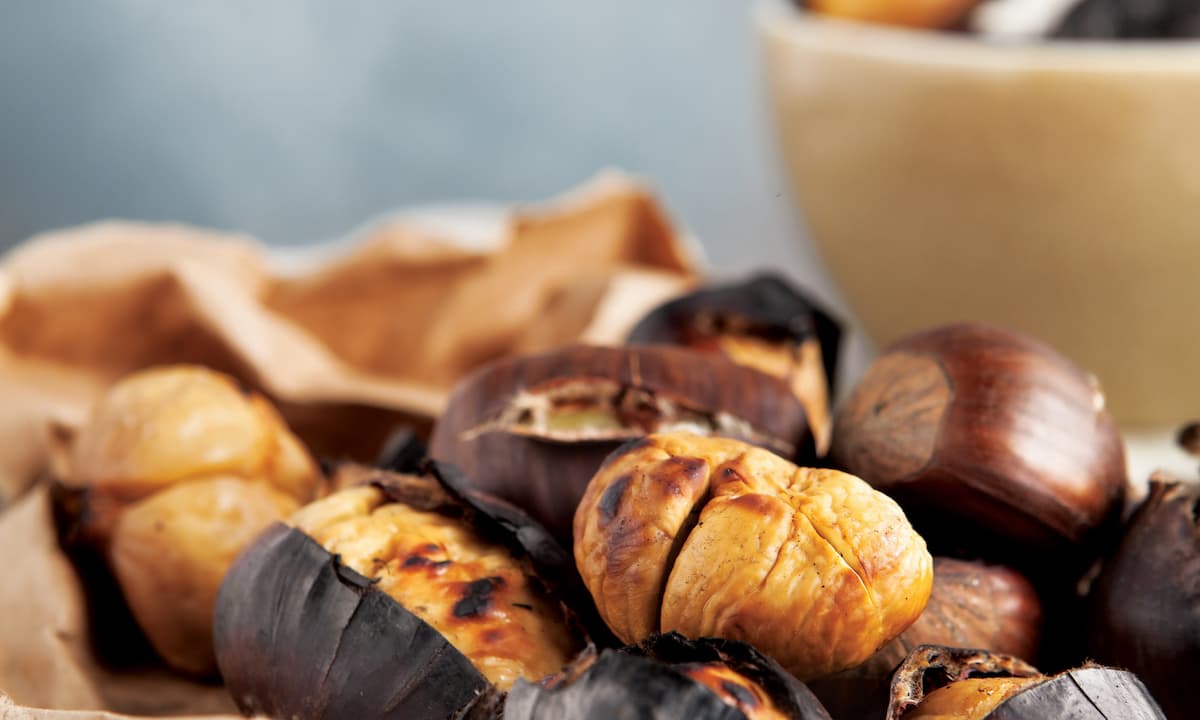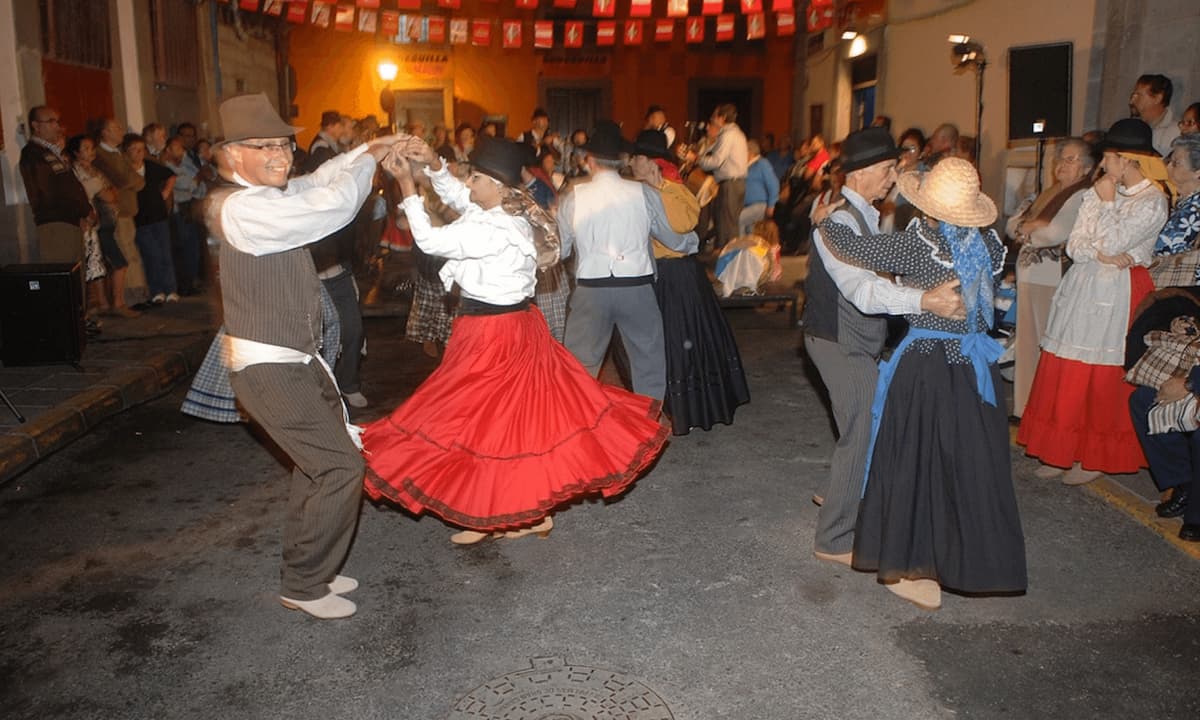Día de Finados (Day of the Dead): this is how Halloween is celebrated in the Canary Islands

In some places of the Canary Islands, especially in rural areas, they celebrate a rather peculiar kind of Halloween: Día de Finados.
For those who don’t know, the word “finados” is synonymous with the deceased, so on 31 October, on the eve of All Saints’ Day, homes in the archipelago celebrate the memory of their dead by gathering with family and sharing stories, anecdotes and food. A lot of food. Against this backdrop, it’s worth recalling a quote from journalist Domingo J. Navarro in his work Memorias de un noventón (Memoirs of a Ninety-Something) about this celebration.
“The last party of the year was this evening’s, when they gathered to play with a teetotum, eat sweet chestnuts washed down with great big glasses of rancio wine and spirits, in a festive get-together to tell funny stories and good-humoured jokes”, the chronicler notes.
Although some say that this tradition is being lost as Halloween continues to gain in popularity, the opposite is true. As the Foundation for Ethnography and the Development of Crafts in the Canary Islands notes, thanks to the Anglo-Saxon festival, the Canary tradition is experiencing a resurgence in popular culture, as Día de Finados merges with Halloween.
Some examples of this celebration’s deep roots can be found in Gran Canaria, specifically in San Mateo and Santa Brígida. It’s also popular in Fuerteventura, especially in the towns of Puerto del Rosario and Villaverde. In La Palma, it is celebrated in practically every municipality, while in Tenerife it’s typical on the island’s most rural areas.
Instead of sweets, there’s chestnuts, figs and corn on the cob.

Historian Orlando García Ramos notes in Voces y frases de las Islas Canarias (Voices and Phrases of the Canary Islands) that Día de Finados is still observed in rural areas with “timples (5-string guitar), drinks and enyesques“, a local word meaning a kind of snack that is served with the drink.
And what are those enyesques? On the Día de Finados, there’s no trick or treating, and no sweets are handed out. Instead, they eat seasonal products.
During this celebration, the star food is the chestnut, which is normally eaten roasted. Other tasty treats on this day include walnuts, figs and grilled corn on the cob.
In addition, in exceptional cases, as noted by Orlando García, some families eat meat after “slaughtering a small pig”
How the Día de Finados is celebrated

Stories are told while eating. It’s the family’s elders who lead the storytelling. Especially the women. They talk about the deceased. How they were like, what they did, why they were important…
Stories of grandparents, great-grandparents and great-great-grandparents that give the little ones a glimpse into their ancestry and honour their memory. On the Día de Finados, photographs of ancestors are also shared and a candle or a light is normally lit in their honour.
There are places where the finados celebration is more than a family affair. Before the pandemic, in Vegueta, the City Council of Las Palmas de Gran Canaria celebrated Día de Finados y Donjuanes on the night of 31 October, a celebration in which people dress in the traditional costume to eat chestnuts and perform traditional dances.
Día de Finados is basically Halloween with a touch of the Canary Islands. The usual mourning of the Day of the Dead, more typical of mainland Spain, turn into a night of celebration in which cries of grief are replaced by tears of joy. Tears to remember that the “finados” live on in the memory of their relatives.
Categories: Canaries, Fuerteventura, Gran Canaria, La Palma, Tenerife



Leave a Comment